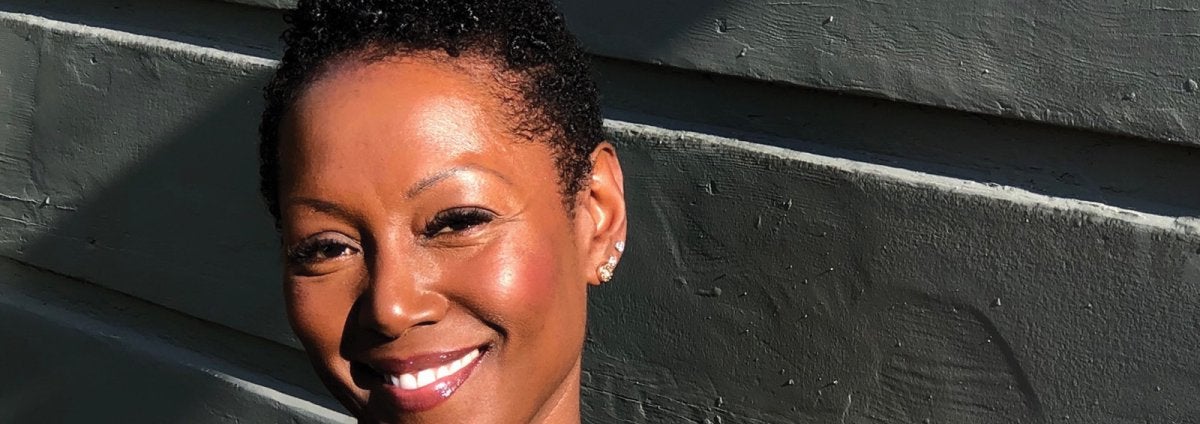

What the school failed to recognize was that Diamond was a victim of sex trafficking. Michelle, from Chicago, describes the city’s schools as looking like “mini-prisons” and decries the feeling of “always being watched.” Diamond was persistently absent from school and found herself regularly fighting fellow students who were teasing her and was expelled as a result.

The reader learns about girls like Michelle and Diamond. Two primary themes addressed in the book are hyper-punitive learning environments and discipline as experienced by Black girls, or what readers would traditionally refer to as the school-to-prison pipeline, and the marginalization of Black girls, cis and transgender, resulting from sexualization and regulation of their bodies. Much of Pushout is dedicated to relaying the experiences of Black girls through a narrative lens. They are expelled and suspended at higher rates than their white peers, drop out of school at higher rates and are often not provided adequate opportunity, understanding, or resources for redemption when they have gotten off track. From discriminatory dress codes, zero tolerance policies, poor student-teacher relationships based on perceptions of willful defiance and “attitude,” to educational institutions that reinforce society’s racial and gender hierarchies, Black girls pay a price.

Morris takes a close look at what Black girls face in the American education system, both in community schools and within the juvenile justice system.


 0 kommentar(er)
0 kommentar(er)
